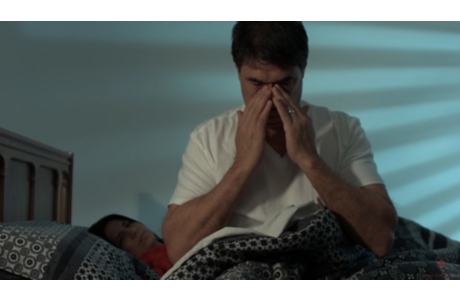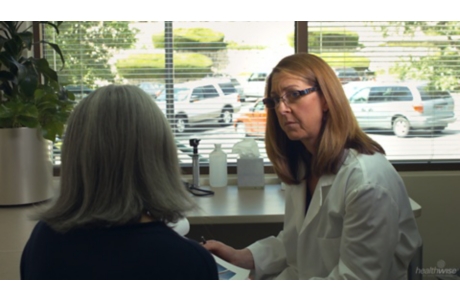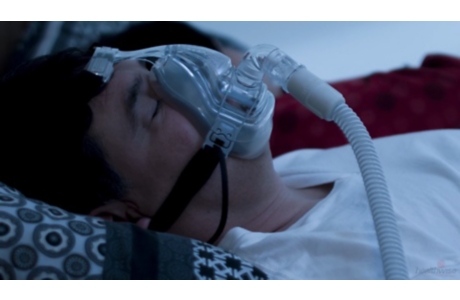Tracheostomy for Obstructive Sleep Apnea
Surgery Overview
Tracheostomy is surgery that is sometimes used to treat obstructive sleep apnea (OSA). It's used if you have severe sleep apnea, other treatments have failed, and other forms of surgery won't work for you.
In this surgery, the surgeon creates a permanent opening in the neck to the windpipe (trachea). The surgeon then puts a tube into the opening to let air in.
- A valve keeps the opening of the tube closed during the day, which allows you to speak and breathe normally.
- At night, you open the valve so that air can go around the blockage in your throat and into your lungs while you sleep.
Tracheostomy almost always cures sleep apnea that is caused by blockage of the upper airway.footnote 1
What To Expect
After surgery, you will stay in the hospital until it's safe to go home. In some cases, the trach tube can be removed before you go home. But in many cases, you will need to go home with the trach tube still in place.
Your neck may be sore and you may have trouble swallowing for a few days after surgery. It will also feel different to breathe and speak. Most people get used to breathing through the tube in a few days. At first, it will be hard to make sounds or to speak. Your doctor or a speech therapist can help you learn to talk with your trach tube, either by closing the tube with your finger or by adding a special one-way valve to the trach tube. You may also be able to use speaking devices to help you talk. When you speak, your voice may sound deeper and scratchier than normal.
You can expect to feel better each day. But it may take at least 2 weeks to adjust to living with your trach. After a few weeks, you may be able to return to work or your normal routine. This will depend on the type of work you do, your employer, your ability to speak, how you feel, and other health problems you may have. Some people can't return to their previous job or routine.
Your trach tube may be sewn or tied to your skin. If you have stitches, the doctor will remove them about 1 week after your surgery. The doctor may also take out your original tube and put in a new tube 5 to 10 days after surgery.
If you go home with your trach tube, it is very important to take good care of it. Caring for your trach helps prevent infections and helps keep you breathing easily. Your doctor will teach you how to take care of your trach at home.
Risks
Risks that may occur with a tracheostomy include:
- Scar tissue forming at the opening. This can affect how your neck looks.
- Having a hard time speaking.
- Bleeding and infection at the site.
- Increased risk of lung infections.
- Emotional problems, such as depression or a change in self-image.
Credits
Current as of: October 27, 2024
Author: Ignite Healthwise, LLC Staff
Clinical Review Board
All Healthwise education is reviewed by a team that includes physicians, nurses, advanced practitioners, registered dieticians, and other healthcare professionals.
Current as of: October 27, 2024
Author: Ignite Healthwise, LLC Staff
Clinical Review Board
All Healthwise education is reviewed by a team that includes physicians, nurses, advanced practitioners, registered dieticians, and other healthcare professionals.





